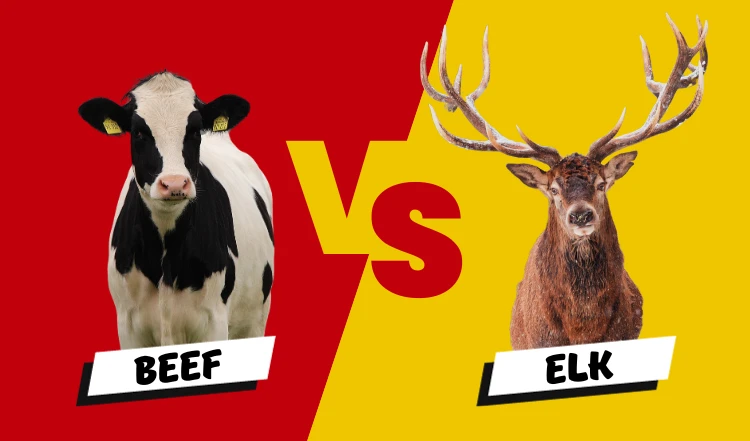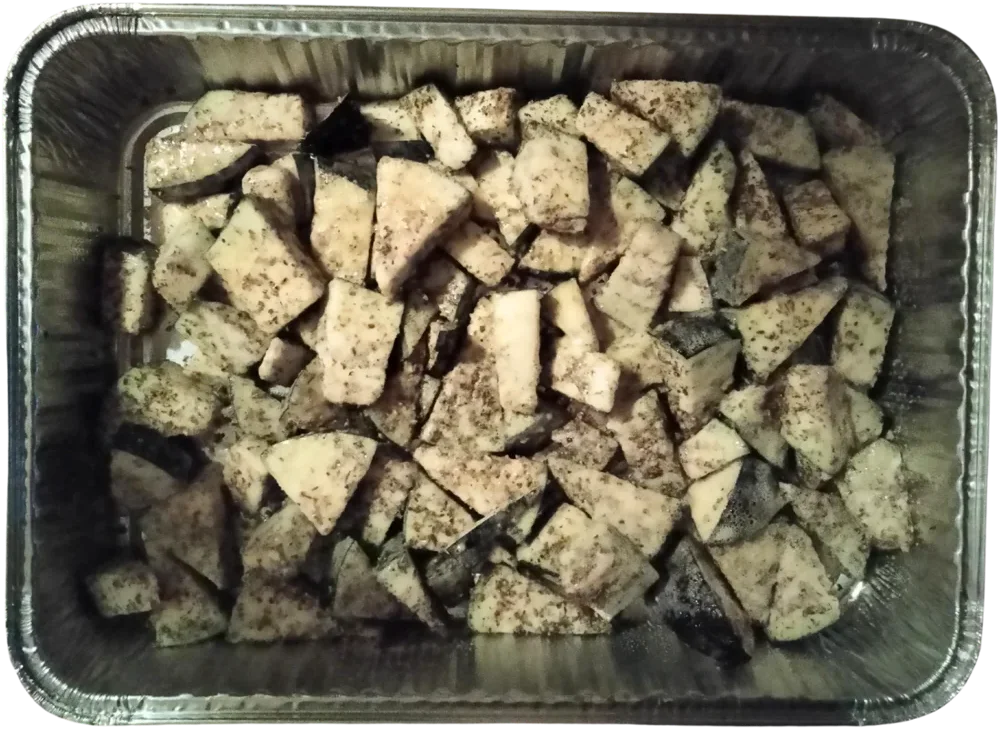Hey there, food enthusiasts and eco-warriors! Are you ready for a culinary exploration that’s not just tantalizing for your taste buds but also a win for Mother Earth? Let’s dive into the world of elk meat and see how it stacks up against the traditional favorite, beef. After all, we’ve already covered goat meat, so let’s shift our view to another beef alternative.
Lean and Mean Protein Machine
Elk meat, a delightful yet underrated player in the meat market, is a powerhouse of nutrition. Unlike its beefy counterpart, elk are free-roaming, grass-munching beauties. Their diet of grass, bushes, and trees, even on farms where oats and hay join the party, keeps their meat leaner than a yoga instructor. This means more protein and less fat. Imagine a steak that’s not just scrumptious, but also a guardian of your heart!
Fat Facts: Elk vs. Beef
Elk takes the crown with its fat composition. While beef, especially the corn-fed kind, is lounging with higher fat and saturated fatty acids, elk is out there hustling with more polyunsaturated fatty acids (PUFA). What does this mean? A healthier heart and a happier you! The fat content of elk meat is like a well-oiled machine, supporting your body without clogging up the works.
For those battling cholesterol or heart issues, elk meat is like a knight in shining armor. Its lower fat content and better omega-6 to omega-3 ratio make it a smart choice. It’s like choosing a hybrid car over a gas-guzzler for your heart’s health.
Elk meat is the undisputed champion in the nutrition ring. With its high protein and low-fat profile, it’s like the health guru of meats. One hundred grams of cooked elk meat packs a whopping 30 grams of protein, and only 111 calories. It’s like fueling your body with premium, guilt-free goodness!
The Surprising Symphony of Elk Flavor
Elk meat is the Beethoven of flavors in the meat world. Its complex, slightly sweet, and rich taste is a symphony for your senses. Less gamey than other wild meats, it’s like a gentle introduction to the world of game meat for newbies.
The seasonal changes in an elk’s diet bring about subtle shifts in flavor, ensuring that every bite is a new adventure. It’s like a culinary journey through the seasons, right on your plate! You won’t find this with beef.
Elk Ranching: An Eco-Friendly Affair
Elk ranching is like the eco-friendly cousin of cattle ranching. These majestic animals require less human intervention and can thrive on lands where cattle would just give up. It’s like comparing a rugged off-roader to a city car.
Elk ranching is a breath of fresh air in terms of carbon emissions. North America’s grasslands, which are like the lungs of our continent, get a helping hand from these grazing giants. By maintaining healthy grasslands and building robust soil, elk ranching is a high-five to our planet.
Elk, with their wild instincts, are like the guardians of our waterways. Unlike cattle, which tend to loiter and cause erosion, elk drink and dash. This behavior protects our precious riparian ecosystems from damage. It’s like having an eco-friendly security system for our water sources!
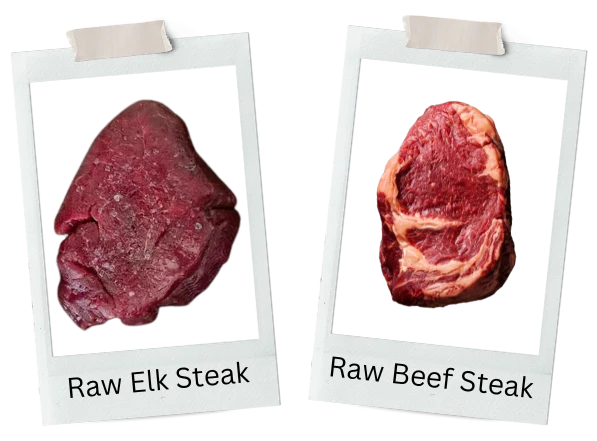
Nutritional Comparison: Elk Meat To Beef
COMPARE
Serving Size
Calories
Total Fat
Saturated Fat
Cholesterol
Sodium
Protein
Iron
Potassium
ELK
3oz (85g)
124
1.6g
0.6g
62g
52 mg
26g
17%
6%
BEEF
3oz (85g)
220
14g
5.8g
77g
61 mg
22g
12%
5%
The Choice is Clear
So, there you have it, folks! Elk meat isn’t just a treat for your palate but also a friend to your health and the environment. Whether you’re a health enthusiast, a flavor seeker, or an eco-warrior, it’s time to give elk a chance. Let’s make our plates a platform for healthier and more sustainable choices. Elk meat is here to change the game – literally and figuratively!
Ready to Try?
Remember, while elk meat might be a bit elusive in your local market, it’s worth the hunt. Embrace the adventure and discover the rich, nutritious, and eco-friendly world of elk meat.
So, you’re ready to try out elk meat – for your health and the betterment of the environment, but you’re not sure how to cook it? I can help get you started with a quick, easy meal that’ll impress even your most die-hard beef fanatics – a simple, mouthwatering, heart-healthy cube steak in a delightfully delicate and delicious butter sauce (just like an expensive steak house would serve you).
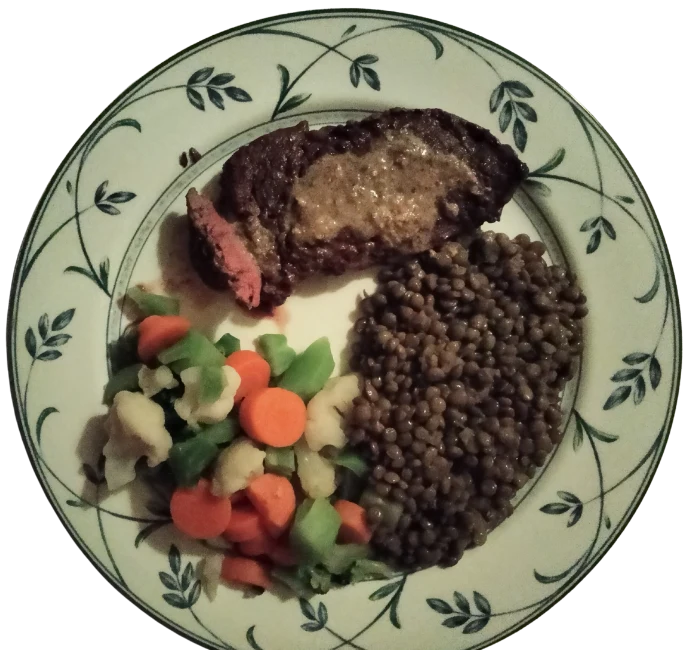
Pan-Seared Elk Cube Steak Recipe
For The Steak: I pan seared the steak using just cooking spray for about 4 minutes on each side. Remove the cube steaks and let them sit as you make the sauce.
For The Sauce: To the pan drippings, you’ll now add 1/2 stick of butter, 1/2 cup of almond milk, 2 tbsp of stone ground mustard and then the following, all to your taste; garlic powder, onion powder and ground pepper.
As you can see in the photo above, the steak came out nicely medium-rare, and I enjoyed it with a side of lentils and California blend veggies.
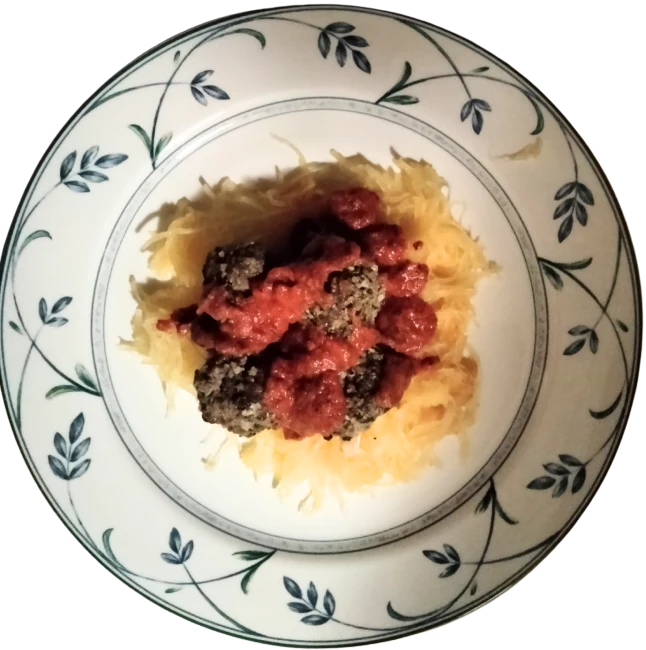
Pesto Elk Meatballs Recipe
Ingredients
- 1lb ground elk meat
- 1 cup of cooked quinoa
- 2 egg whites
- 1 8oz jar of Classico’s Pesto (pour off the excess oil from the top of the jar)
Directions:
- Place all the ingredients into a large bowl and mix until completely combined.
- Roll the mixture into 2-inch meatballs and place them onto a baking sheet.
- Bake in a preheated 375 F degree oven for 35–40 minutes.
I served this with spaghetti squash topped with a quick and easy homemade tomato sauce.
Spaghetti Squash & Tomato Sauce
Tomato Sauce
- 1 6oz can of tomato paste
- 1 1/4 cup of water
- Season to taste with garlic powder, onion powder, Italian seasoning and dried basil.
Combine the ingredients in a small saucepan over medium heat and cook until you get your desired consistency.
Spaghetti Squash
- Cut a medium-sized spaghetti squash in half and place onto a baking sheet, cut side down.
- Bake in a preheated 350F degree oven for 40 minutes.
- Remove from oven and use a fork to separate the shreds.
Put 1 1/2 to 2 cups of the spaghetti squash onto a plate and top with 4-6 of the meatballs, then top with the sauce.
Bonus Idea: Roasted Eggplant Side Dish
As I’m just one person, I got several meals out of these delicious elk meatballs which meant I needed a little extra variety as far as side dishes go, so I also roasted up an eggplant real quick. Here’s what I did:
- Cut a medium eggplant into chunks and place into a large bowl with a lid or a Ziploc bag and add, to taste, the following; dried basil, garlic powder and onion powder.
- Give the bag (or bowl) a good shake until the eggplant chunks are coated with the seasonings.
- Spread the eggplant chunks evenly on a baking sheet and roast in a preheated 350F degree oven for 30–35 minutes until soft and slightly browned.







